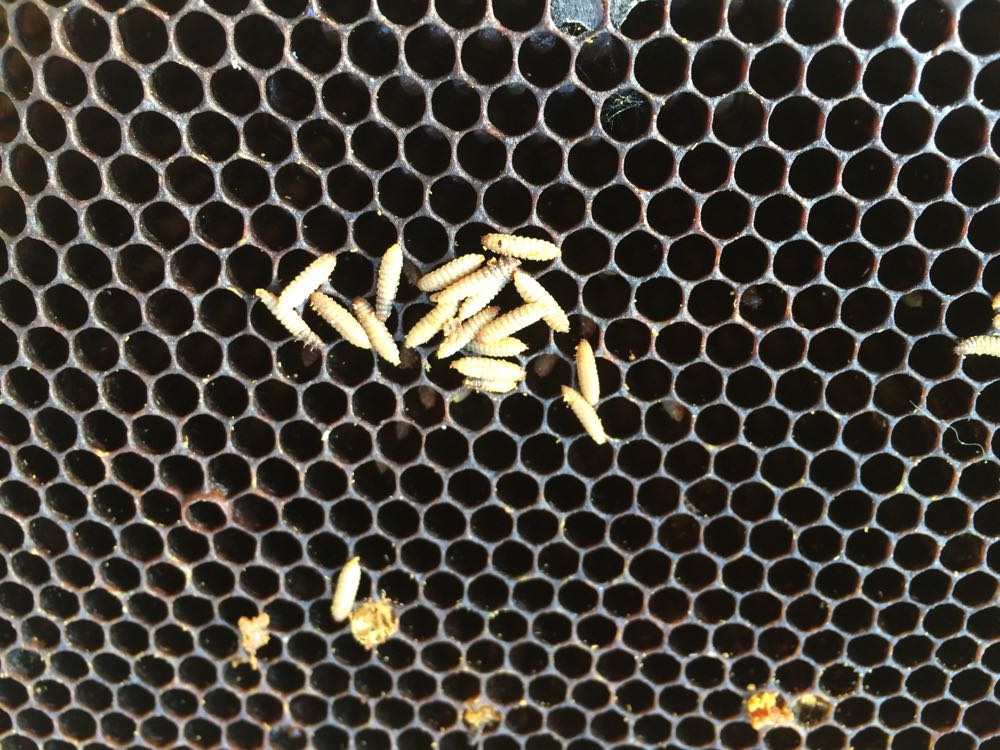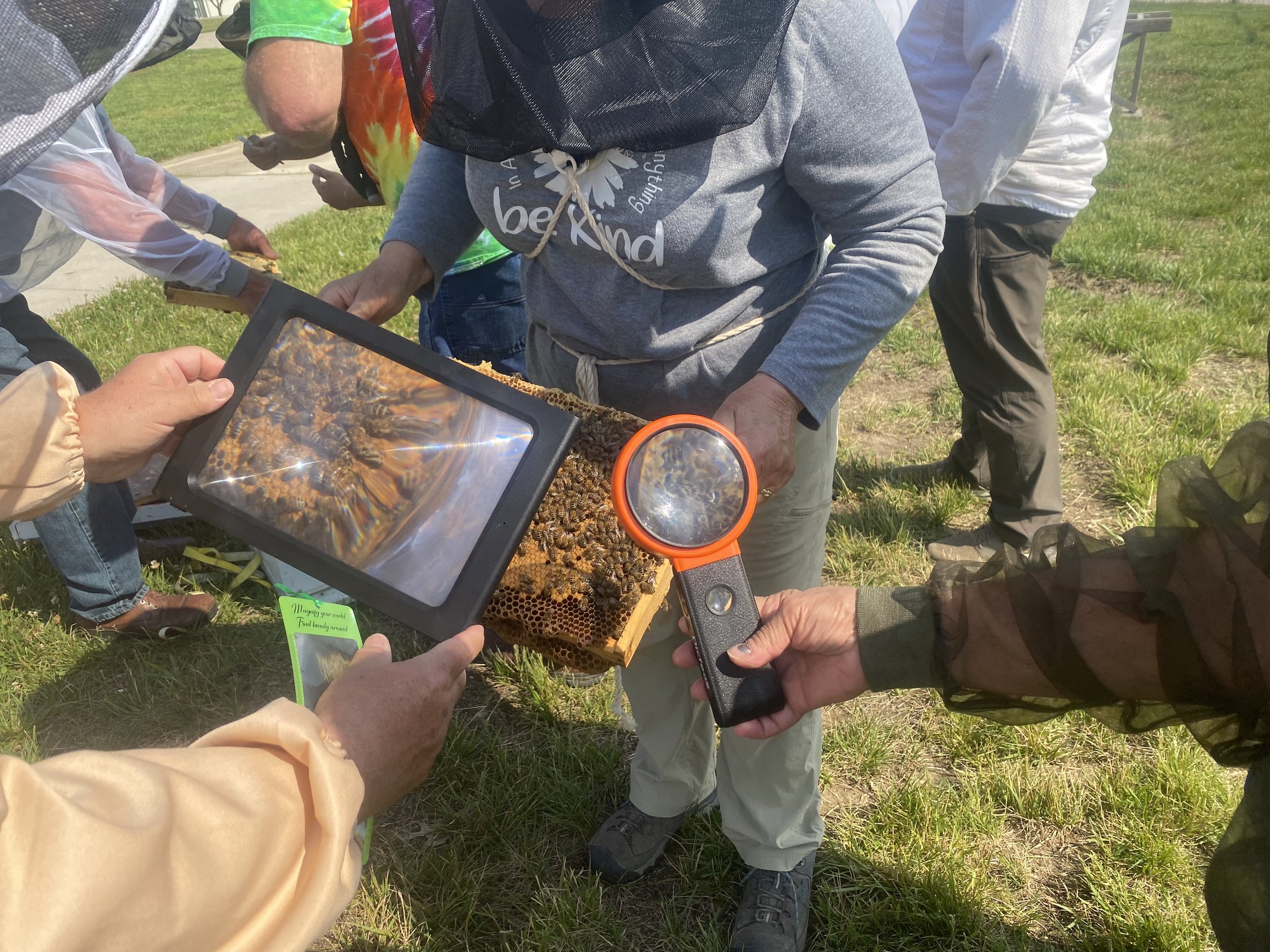When to Start Winter Bee Feeding
/Bluebird Gardens honeybees eating a homemade sugar patty in winter on the top of their hive.
When to Start Winter Bee Feeding
"....I enjoy reading your columns about beekeeping. I live in southwest Missouri, when should I start winter feeding my bees? I have four hives...." -- Sarah
Thanks, Sarah, glad you enjoy my beekeeping adventures, I also enjoy hearing from other beekeepers.
Hopefully your hives went into winter with a medium super full of honey. I winter my colonies in one deep and one medium, and if they are all mediums in three medium supers. Fall of 2016, however, was record warm. I noticed my bees were out for much longer than usual so I gave them sugar patties in their top feeding shims just in case.
Sure enough, by Christmas 2016, when the temperature was 60F, I found several colony clusters were already into their second box, having consumed their honey during the earlier warm days when they were out flying around with little to do.
In the past, I haven't added those sugar patties until end of January and early February so the key is to monitor weather and bee activity. I don't open my hives up once they have them sealed for winter but I do peek under the inner cover and locate the cluster by holding my hand over the frames to find the heat the cluster generates. That way I know where to place the sugar patties so as the cluster moves up, they will find the extra food immediately over them.
My honeybees like to raid my bird feeders from pollen from the cracked corn I add to seeds.
I also don't usually give them bee pollen substitute until mid-February but this year, with late December temperatures so warm, I found them raiding the pollen in bird feeder cracked corn so I also broke out the pollen sub for them.
The queen won't start laying until daylight starts to get longer, after the winter solstice December 21. With the weather so warm this year, I have a feeling the bees starting raising young ones early, which will require them to keep the inside hive temperature closer to 90F. Without larvae, they can keep the inside hive temperature a little cooler, between 70-80F. That means they are going to need more energy to keep that hive warm and toasty for the nursery.
So to answer your question, if you haven't added sugar patties yet, do so at the next warming window. Based on what I hear from other area beekeepers, the bees may need it sooner than later this winter.
I would much rather they have enough honey to pull them through but I also won't let them starve if I can help it.
Let me know what you find out once you have a warm-enough day to peek under the hive "hood." I will be doing the same thing!
Charlotte


























